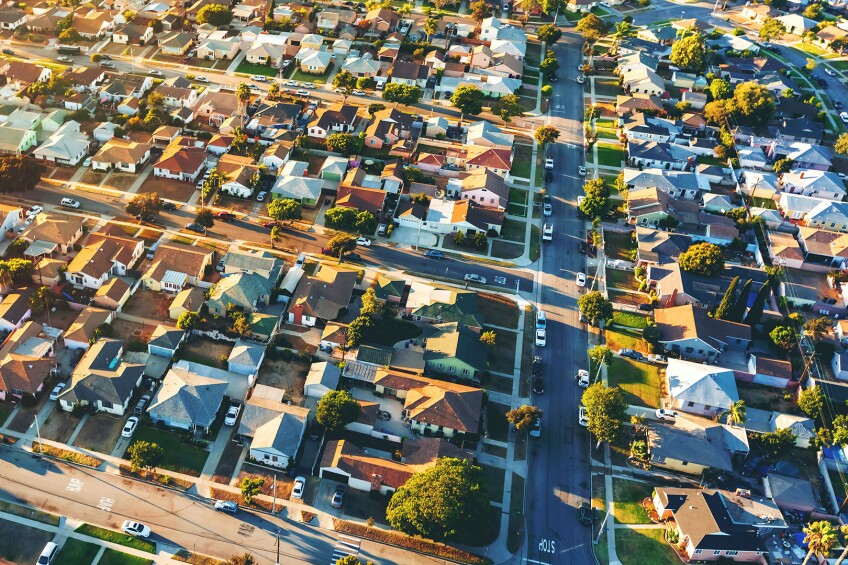L.A. Business Council Study Says Lack of Housing Could Cost L.A. Millions

Los Angeles could miss out on $583 million in revenue if Mayor Eric Garcetti's goal of building 100,000 new units of housing by 2021 is not met, according to a study released today by Los Angeles Business Council.
``This study illuminates the need to reform and streamline the city of L.A.'s housing development process now,'' said Paul Habibi, who lectures on finance and real estate at the UCLA Anderson School of Management and is also a lecturer at UCLA School of Law. ``To ensure that the mayor's 100,000-unit goal is met, the city must enact reforms that allow us to make the most of a strong market, and help us weather the years ahead as the current development cycle runs its course.''
A number of recent studies have ranked Los Angeles among the most unaffordable housing markets in the nation, as rent and real estate prices have skyrocketed due to a housing shortage. As a result, some city leaders have been pushing numerous ways to speed up the development of housing, including a ``linkage fee'' on developers being touted by Garcetti.
The study concluded that L.A. is on track to hit the 100,000-unit goal, but more reforms are needed to reach the included goal of 15,000 affordable units and to ensure that development continues at its current pace.
``We see Mayor Garcetti's 100,000-unit goal as a floor for our city's housing needs and believe we have a ceiling closer to 500,000 units based on our regional housing needs assessment,'' said Mary Leslie, president of the Los Angeles Business Council. ``Developers conservatively cite a five- to six-year timeline for building one affordable housing project. That is far too long if we're going to build our way out of this housing crisis.''
While the study does not recommend a linkage fee, it does recommend funneling a portion of the money generated by new housing through tax revenues and fees back into the city's Affordable Housing Trust Fund.
The study also recommends that the city take action to decrease processing times for development proposals by 25 percent, expand expedited processing to include projects that require new environmental impact reports, and raise the city's site plan review requirement above its current threshold of 50 units.
``The city has available mechanisms to cut down pre-construction processes, but they are not broad enough in their scope to be effective,'' said City Councilman Gil Cedillo, who is chair of the Housing Committee. ``That is why I have introduced a motion to expand L.A. City Planning's expedited processing section, which allows applicants to pay a fee to reduce up to 50 percent of the time it takes to process entitlement applications. I'm also working on increasing the city's site-plan review threshold, which has added an additional deterrent to increasing our affordable and workforce housing stock by adding additional bureaucratic hurdles to an already burdensome process.''
Although the city is on pace to reach 100,000 units by 2021, the study predicts a number of factors that could throw it off its pace, including that at least one economic downturn is possible by 2021 and that the Los Angeles Department of Building and Safety projects a decline in future development activity over the next two fiscal years.
Another factor the study cites is Build Better L.A., a ballot measure approved by voters in November that requires developers seeking special approval for projects bigger than zoning laws allow to include a number of affordable units, which the study authors said adds significant regulation to future development projects.
Correction: This article was corrected at 3:00 p.m. on September 14, 2017 due to a factual error published by City News Service which attributed the housing study to UCLA.




